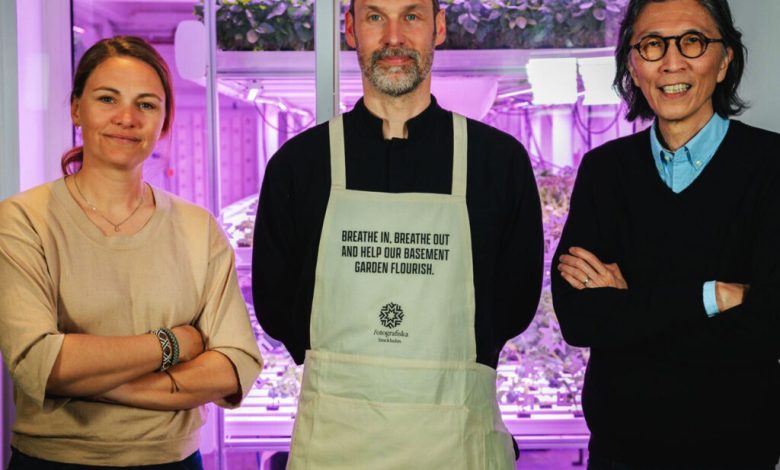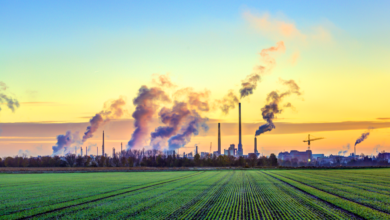
(Sustainabilityenvironment.com) – Transforming history, moving from a high-carbon fashion to the production of CO2 capture fabrics. This is the goal of Carbon Looper, the project funded by H&M Foundation under the Planet First program. The project experimented with a cotton treatment methodology that gives the surface of the fabrics the ability to carbon capture contained in the surrounding air.
CO2 capture fabrics. How do they work?
A standard-sized garment like a T-Shirt can absorb as much CO2 as a third of the amount captured from a tree. After three absorption cycles, CO2 capture tissues achieve climate neutrality and begin their own positive effect.
The process is known as absorption and is generated with an amine-containing solution, devised by HKRITA (The Hong Kong Research Institute of Textiles and Apparel).
Once absorbed by the special tissue, carbon dioxide can be released by heating the surface to a temperature between 30 and 40 degrees. The idea is that this happens in a greenhouse, where it can then be absorbed by plants and used for photosynthesis.
However, there are other methods of release, that scientists are investigating, starting with regular washings. In addition, CO2 can be transformed into a solid-state. The studies also continue on the technology capture CO2 of fabrics for other uses such as curtains, tablecloths, and furniture.
Pilot testing of CO2 capture tissues
“Everything we do in the lab is only useful once we leave the lab. We will monitor the release process to see if we can accelerate it, improve the carbon capacity of the material and develop more uses for it,” said Edwin Keh, CEO of HKRITA. In fact, Carbon Loopers already has an independent life in a major Swedish restaurant. The aprons of the pilot phase were produced at an H&M supplier in Indonesia and then delivered to the staff of Fotografiska Stockholm. The structure of the restaurant includes in the basement a famous hydroponic garden that has been designated as a zone of CO2 release after capturing by the tissues.





